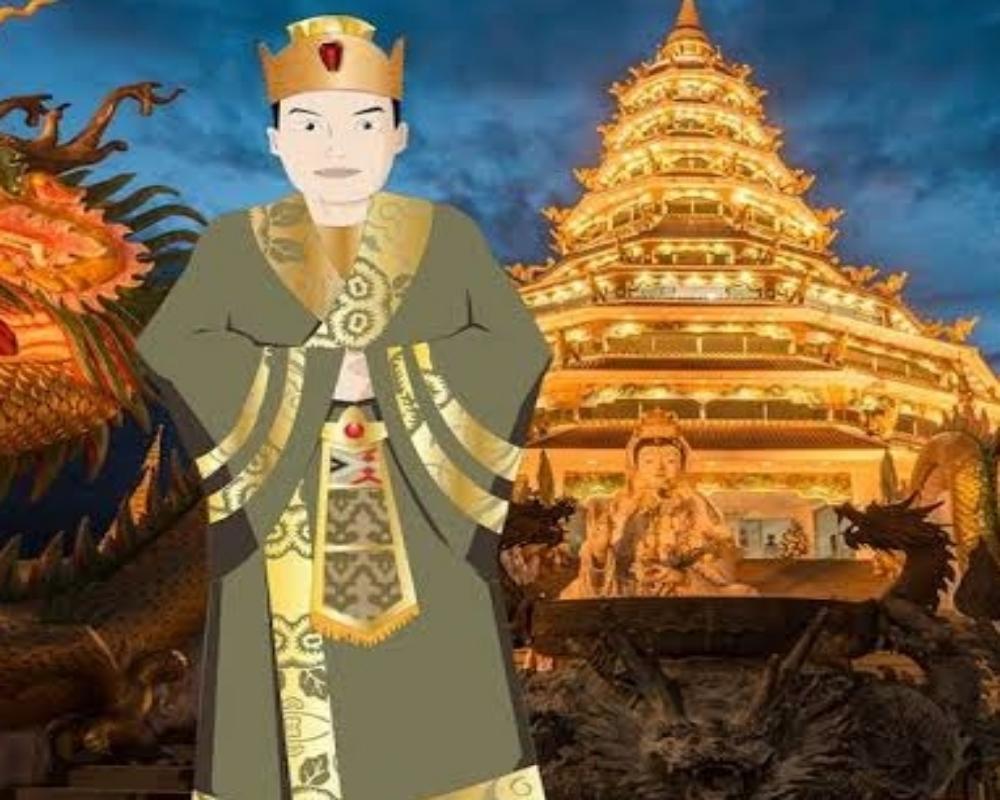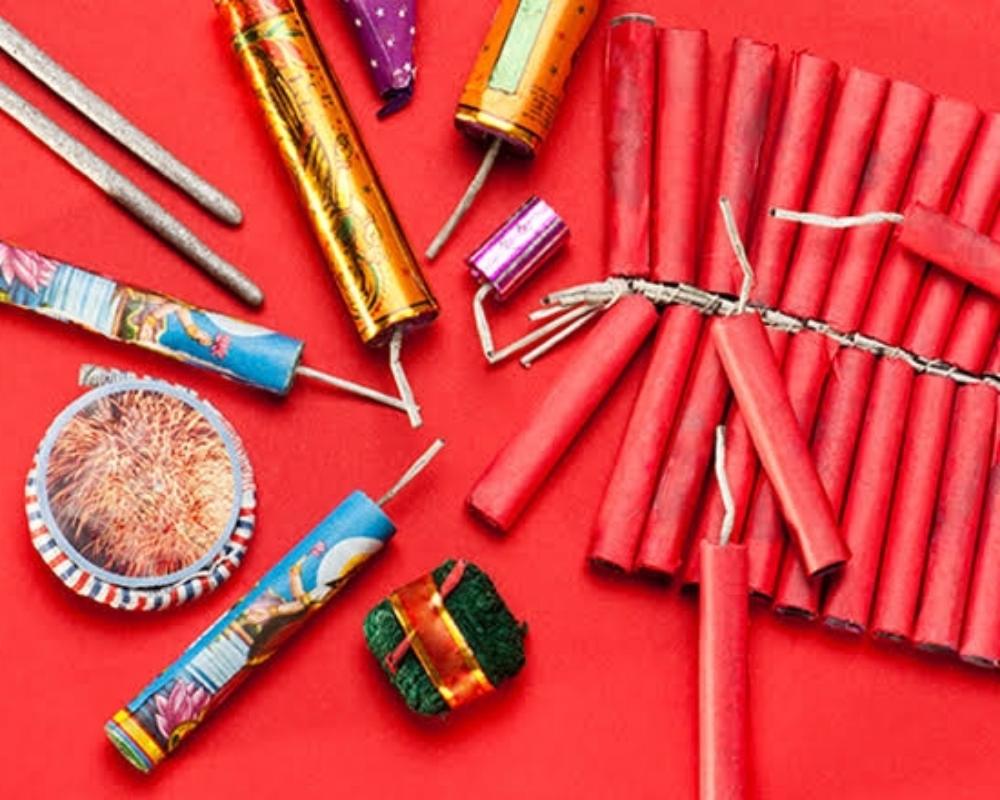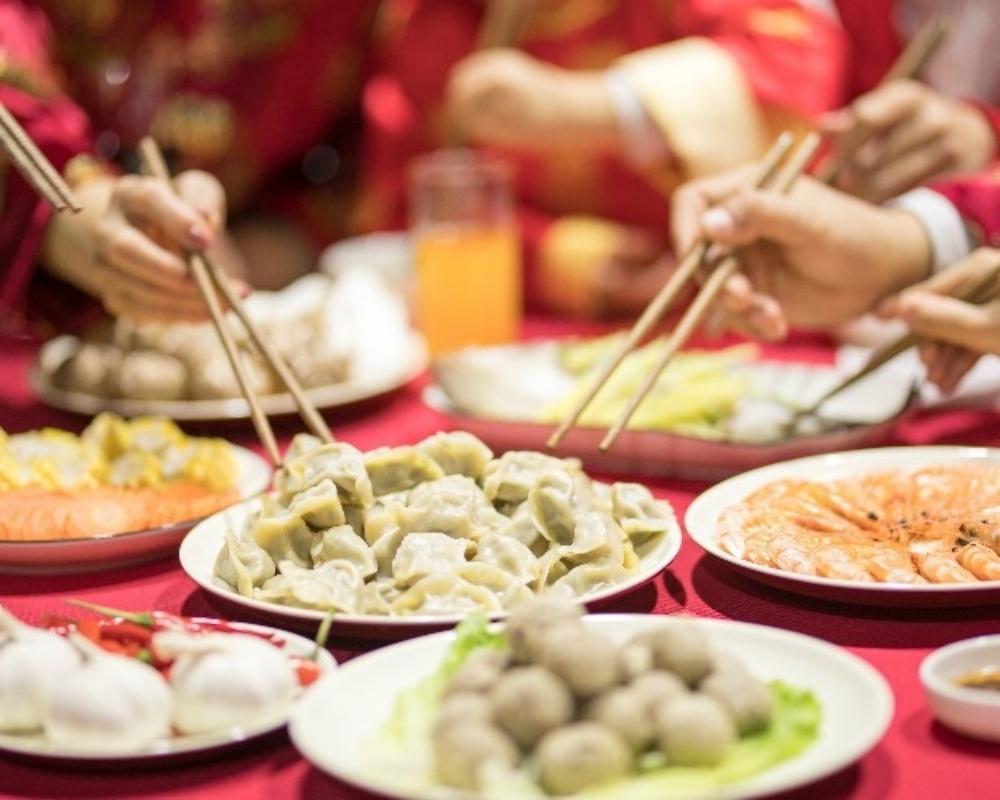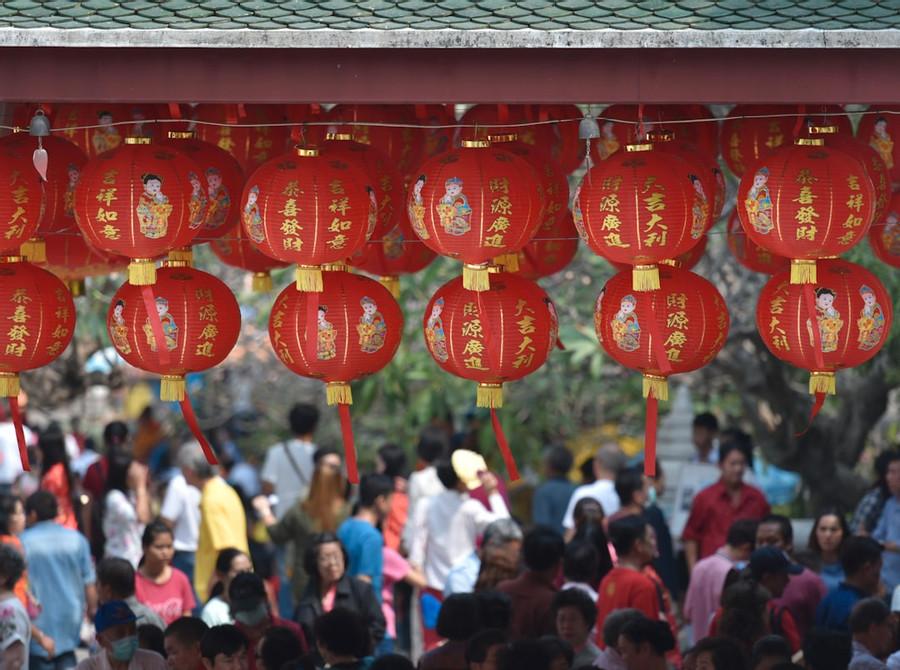The Origin and History of Chinese New Year: When Start and Why
Curated from: chinahighlights.com
Ideas, facts & insights covering these topics:
6 ideas
·785 reads
23
4
Explore the World's Best Ideas
Join today and uncover 100+ curated journeys from 50+ topics. Unlock access to our mobile app with extensive features.
A Legend of the Origin of Chinese New Year
Like all traditional festivals in China, Chinese New Year is steeped with stories and myths. One of the most popular is about the mythical beast Nian (/nyen/), who ate livestock, crops, and even people on the eve of a new year. (It's interesting that Nian, the 'yearly beast', sounds the same as 'year' in Chinese.) To prevent Nian from attacking people and causing destruction, people put food at their doors for Nian.
It's said that a wise old man figured out that Nian was scared of loud noises (firecrackers) and the color red. Then, people put red lanterns and red scrolls on their windows and doors to stop Nian from coming inside, and crackled bamboo (later replaced by firecrackers) to scare Nian away. The monster Nian never showed up again. Click to learn more legends about the Chinese New Year .
8
162 reads
Chinese New Year's Origin: In the Shang Dynasty
Chinese New Year has enjoyed a history of about 3,500 years. Its exact beginning is not recorded. Some people believe that Chinese New Year originated in the Shang Dynasty (1600–1046 BC), when people held sacrificial ceremonies in honor of gods and ancestors at the beginning or the end of each year.
8
154 reads
Chinese New Year Date Was Fixed: In the Han Dynasty
The date of the festival, the first day of the first month in the Chinese lunar calendar, was fixed in the Han Dynasty (202 BC – 220 AD). Certain celebration activities became popular, such as burning bamboo to make a loud cracking sound.
8
138 reads
In the Wei and Jin Dynasties
In the Wei and Jin dynasties (220–420), apart from worshiping gods and ancestors, people began to entertain themselves. The customs of a family getting together to clean their house, having dinner, and staying up late on New Year’s Eve originated among common people.
8
111 reads
More Chinese New Year Activities: From the Tang to Qing Dynasties
The prosperity of economies and cultures during the Tang , Song , and Qing dynasties accelerated the development of the Spring Festival. The customs during the festival became similar to those of modern times.
Setting off firecrackers, visiting relatives and friends, and eating dumplings became important parts of the celebration.
More entertaining activities arose , such as watching dragon and lion dances during the Temple Fair and enjoying lantern shows.
The function of the Spring Festival changed from a religious one to entertaining and social ones, more like that of today.
8
103 reads
In Modern Times
In 1912, the government decided to abolish Chinese New Year and the lunar calendar, but adopted the Gregorian calendar instead and made January 1 the official start of the new year.
After 1949, Chinese New Year was renamed to the Spring Festival . It was listed as a nationwide public holiday.
8
117 reads
IDEAS CURATED BY
CURATOR'S NOTE
Chinese New Year, also known as the Lunar New Year or the Spring Festival, is the most important among the traditional Chinese festivals. Here is a short history of it.
“
Benny Herlambang's ideas are part of this journey:
Learn more about religionandspirituality with this collection
The history of fashion
The impact of fashion on society
The future of the fashion industry
Related collections
Similar ideas
6 ideas
6 ideas
The History and Origins of Easter
historyextra.com
6 ideas
Halloween: The History
history.com
Read & Learn
20x Faster
without
deepstash
with
deepstash
with
deepstash
Personalized microlearning
—
100+ Learning Journeys
—
Access to 200,000+ ideas
—
Access to the mobile app
—
Unlimited idea saving
—
—
Unlimited history
—
—
Unlimited listening to ideas
—
—
Downloading & offline access
—
—
Supercharge your mind with one idea per day
Enter your email and spend 1 minute every day to learn something new.
I agree to receive email updates





